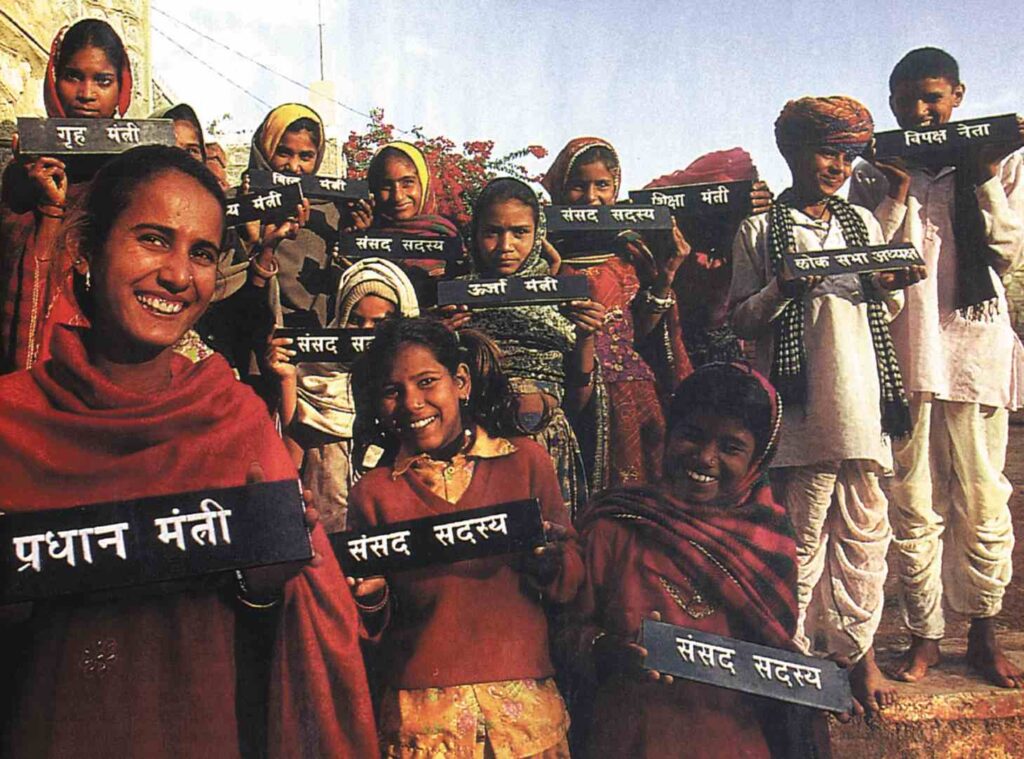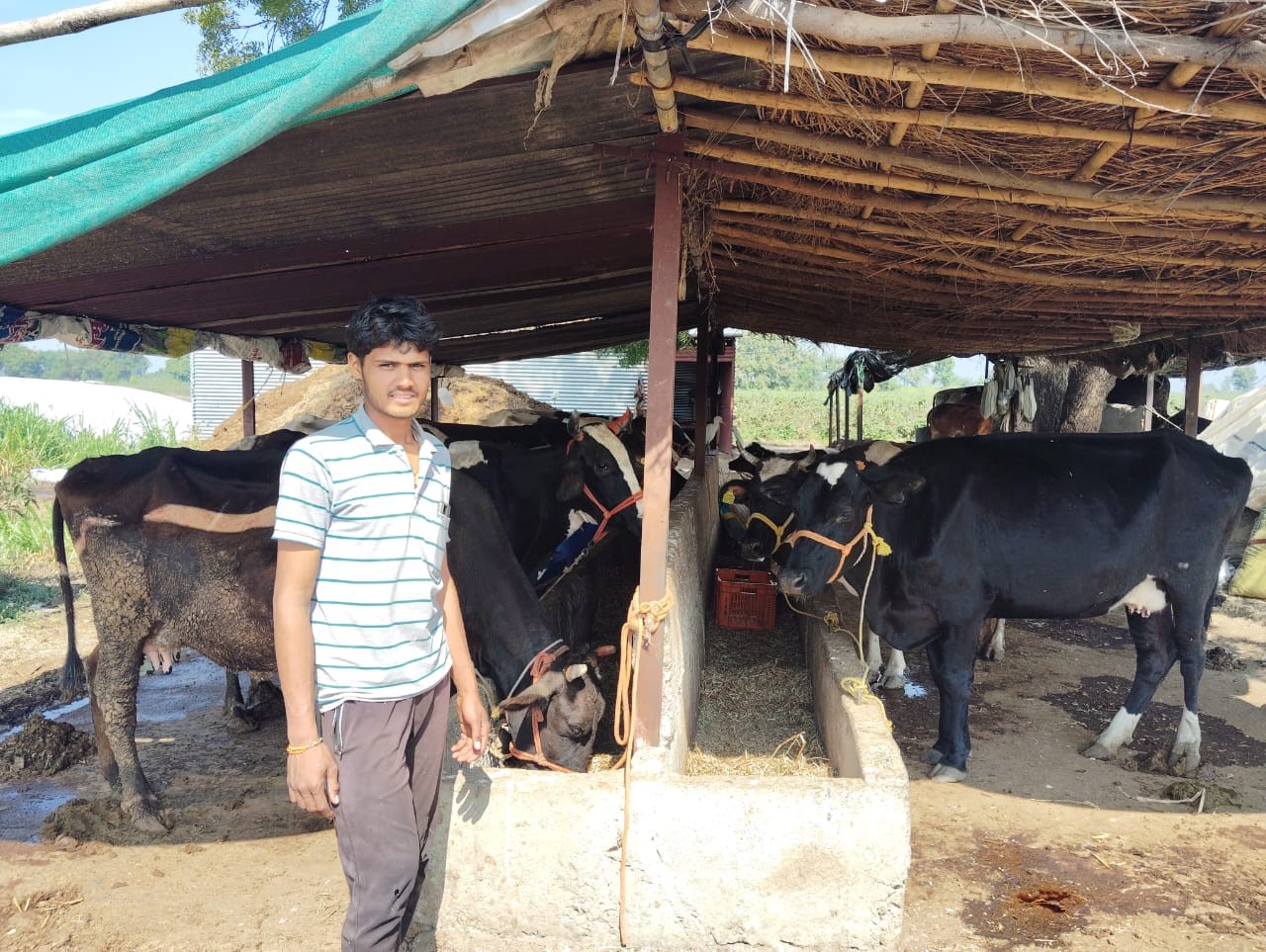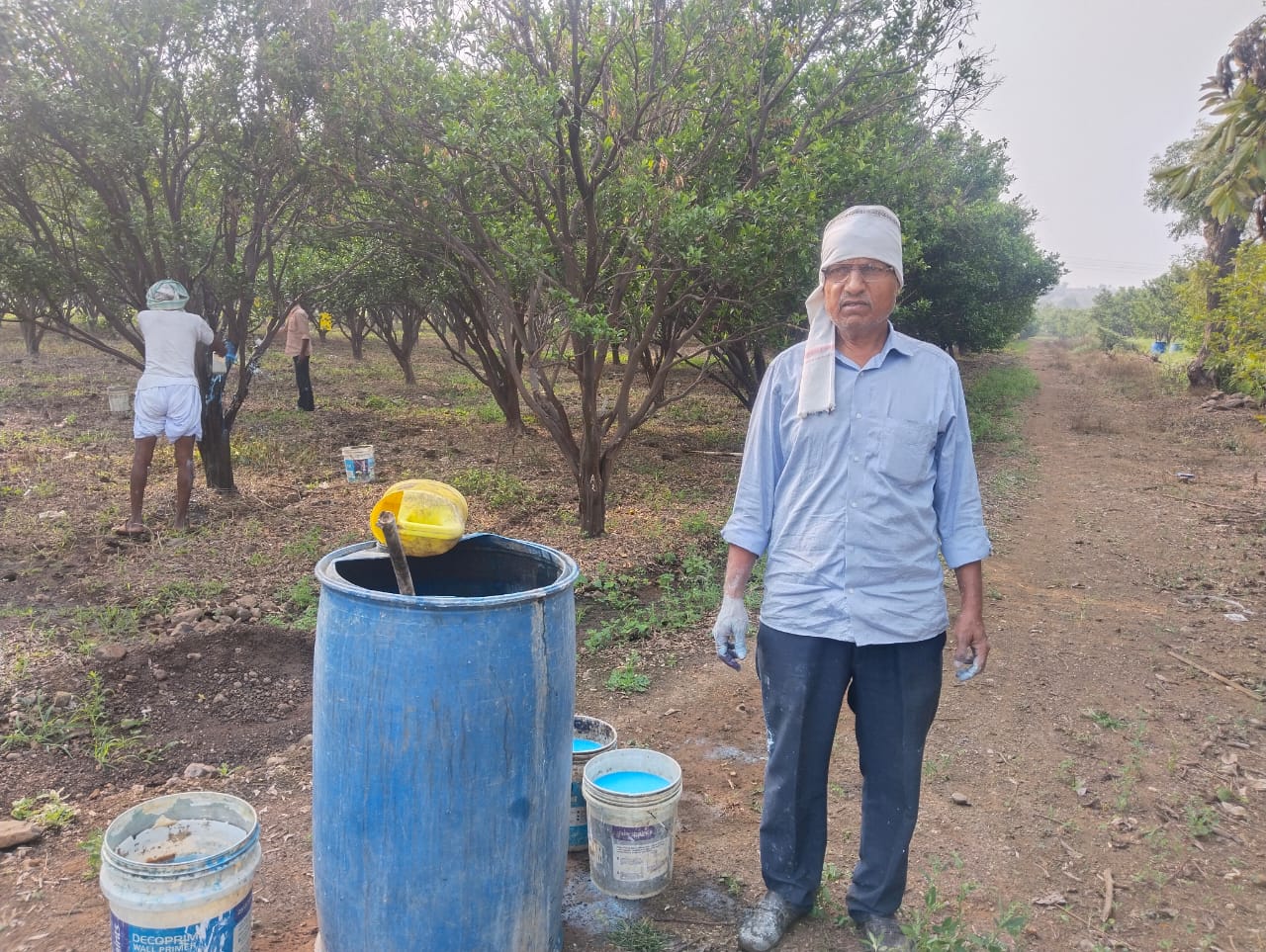Accessible quality education rooted in indigenous wisdom is the mantra for transformation at Tilonia’s Barefoot College
Shefali Martins/Rajasthan
An engineering class is underway. The 45 students are grandmothers from 10 different countries. None of them have formally studied science. In fact, most of them are semi-literate. Dressed in a ghaghra odhni, their rural instructor Magan Kanwar doesn’t speak any of their languages or even English. But, their communication is perfect as she instructs them on assembling circuits for solar lamps. This group of women, after a six-month training, will return to their respective villages and electrify them. If you thought this was unusual, this is just one of the multiple uncommon but highly effective educational innovations at Social Work and Research Centre, Tilonia’s Barefoot College located in the heart of rural Rajasthan, 110 kilometres from Jaipur.
In the past half-century, it has stood for bringing together technology, communication, education and handicrafts for the betterment of the rural communities rooted in traditional wisdom and practiced through Gandhian values. The college, right from the beginning, has been putting into practice all the values of modern education: breaking silos between subjects, experimental and hand-on learning and most important of all –learning for change and impact.
Early Literacy & Schooling
In 1975, the institution began with evening literacy classes for 15-35-year-olds. As the student body expanded across villages, so did the number of Night Schools. Community-run village education committees (VEC) appointed local teachers provided with a uniform training on basic subjects, civil and constitutional rights.
Learning in these schools is integrated in the pupils’ lives. They learn math through the number of animals they take for grazing and science through the concepts they see around them. Local and relevant environment issues are added to the teaching alongside agriculture and animal husbandry because most of them tend cattle. Though the journey is barefoot, the approach is modern and updated. 2014 onwards, when it was seen that digital growth is imperative to education, Barefoot College equipped the schools with technology and thus began Solar Digital Night Schools. These Night Schools across 10 states have impacted 80000+ working children.

Shiksha Niketan
As far back as 1988, Shiksha Niketan, a primary school for low-income, marginalised children, practised methods we often associate with modern pedagogy: experiential learning, learning from one’s immediate environment, project-based learning and STEAM. “The mother of a child does at least 20 experiments in Science every day. She does it without realising this is Science. The same concept is there in the book, but is unfamiliar territory for the child. We connect the students to the subject through examples of routine activities around them. The focus is on developing the curiosity of the child,” shares Durga Singh, a founder teacher of Shiksha Niketan. So, while the teacher covers the government curriculum, the educational experience is based on real-time learning.
Each department of Tilonia is a chapter at the school. The communication team simplifies a concept through puppets and the carpentry department becomes a lesson in geometry. Functional props, origami and visitors at Tilonia expand the perspective of the learners. “The alumni of Shiksha Niketan are in various government and other high-paying jobs across different levels. But, there is a greater sense of pride when our alumni are recognised as good citizens of their villages, helping others grow along with themselves,” says Singh. Among the
Bridging the Gap
Even Shiksha Niketan cannot meet the needs of 10-year-old Anshu who moves with his nomadic sheep herder parents. Like him, there is an entire section of children of Nomadic communities that cannot pursue education as their families constantly move for work. A six-month programme to address this gap was started in 2007 in the form of a residential Bridge School at Singla, 25 kilometres from Tilonia. The programme, now 10-month-long, covers the entire syllabus till Class V for children between 8 and 12 years who never went to school. Students from five districts come to this school where a greater preference is given to the enrolment of girls. Besides attending regular classes and extra work in the evenings, the students learn grooming and care. They play games and work with the volunteers to explore concepts in their academics through the simple, practical model that Tilonia creates. At the end of the course, the students take the Class V exam via Shiksha Niketan and can then pursue their further education.

Children’s Parliament
There is no rulebook in the ever-evolving lab of Barefoot experiments. However, if there is one book that the Barefoot College lives by, it is the Constitution of India. From slates to iPads, this educational journey has kept up with contexts. So, with the implementation of the Panchayati Raj Act in 1994, a new model was created to explain basic constitutional framework to the children. In classic Barefoot style, it was learnt by doing.
A ward was made of 10-12 students and they elected one member representative. The wad representatives together formed a bal sansad. Thisparliament chose its Prime Minister through an election that had proper canvassing and election symbols. Secret ballots were maintained. The PM chose a cabinet and assigned roles. They participated in the various meetings of the organisation and gave recommendations to the programme coordinators. This went a long way in developing an independent leadership among children. The children who grew up with this learning went on to mobilise people to get water supply lines to their village, agitate for removal of alcohol thekas and even contest polls. Devika, as the PM of her sansad, also went to Sweden to receive an award where she met the Queen and they exchanged notes as heads of institutions!
Energy & Environment
The vocational trainings at Tilonia channelize the energy within besides working with the energy in the environment. It is not just about skill but identity-building and empowerment. From making the campus self-sufficient in energy requirements back in 1996 to the renowned Solar Mamas programme that teaches components, colour coding and circuits of solar home-lighting systems to women from non-electrified villages, this transfer of solar energy to the rural community has a three-layered impact. It sustains the villagers’ need for electricity at reasonable costs through the most vulnerable section, the women. It lights up perspectives – a significant takeaway of education across all areas. Thirdly, it saves millions of litres of kerosene from being used as an energy alternative, hence addressing the big sustainability question much before sustainability became a popular word across academic corridors. The nearest pucca road to the villages of these women is about two hours away, but when they are ready to go back, they seem to have time-travelled a lightyear ahead! Besides the equipment and the know-how, the Solar Mamas take back with them a newly-discovered identity. “When the trainees come in, they barely have a voice within their families. When they go back, they not only electrify their villages but also train other women through rural electronic workshops. Nobody goes back with them to help them with the setup. We just send the equipment,” explains Kamlesh Singh Bhist from the solar department.
Interactive Education
Tilonia is an ever-evolving lab of educational experiments. While the various educational models have shown that true learning is not dependent on a formal degree, even programmes not directly related to education are largely educational. Perhaps the most endearing of all its inspiring innovations are its puppets and their wide role in educational awareness. At the Barefoot College, string puppets evolved into more practical glove and rod puppets besides life-sized and giant puppets. Made of scarp cloth and paper, the puppets are contemporary characters identifiable by the villagers. When they give out information about a programme or a government scheme, they both engage and simplify the concepts, creating wide-spread awareness. Traditional folk instruments and songs are part of the performance. This delightful, digital fatigue-free audio-visual medium has been working for, with the villages for the past 40 years. The puppets are the mascots of Tilonia, exemplifying what the institution and the Gandhian philosophy it embodies stand for – that indigenous knowledge, skills and wisdom should be applied to villages and that simple yet sophisticated technology well-understood by the locals should be used to improve their lives. The puppets go by relatable names to be one with the villagers. As Chetan Kaki and Dhanno Bua, they propagate equality and fight for women’s rights. The much revered puppet, Jokhim Chacha, the bard of Tilonia, is 365 years old because one should learn every day of the year! “The puppets also contribute to the schools run by Tilonia. We engage the students in a conversation about various facets of learning. The puppet makes them curious through a peculiar style of talking based on the character speaking to them. The puppets often act as the first line of information for the villagers. We tell them about a scheme/programme/event in our interactive style and that they could approach the anganwadi workers or the school master for more details,” shares Ramnivas from the communications team. In the past four decades, the team has performed interactive shows in 3,000 villages changing mindsets, gently but firmly.
All educational spaces in Barefoot College manage a delicate balance – they are formal enough to fit in, yet informal enough to stand out. The core concept applied across all departments is using an integrated approach through the understanding of and partnership with the community.
As it marks 50 years of this journey, the institution has exemplified across all possible spaces how anything is possible – whether it is elderly women doing accounts on computer systems or community-driven waste management systems. Learning isn’t dependent on age and one’s life experience counts as a valued qualification. The sky is the limit, but the journey is always barefoot! As development coordinator Ramkaran rightly puts it, “We are a community-based organisation. There is no outsider here. The locals are working for locals. The application of practical knowledge is the base of all our endeavours. Our non-negotiable values of equality, simplicity, decentralisation, collective decision-making, community participation, responsibility, honesty, transparency and accountability are deeply integrated in all our work.”
Shefali is an independent writer from Ajmer, Rajasthan. Share your feedback on features@charkha.org
Charkha Features








